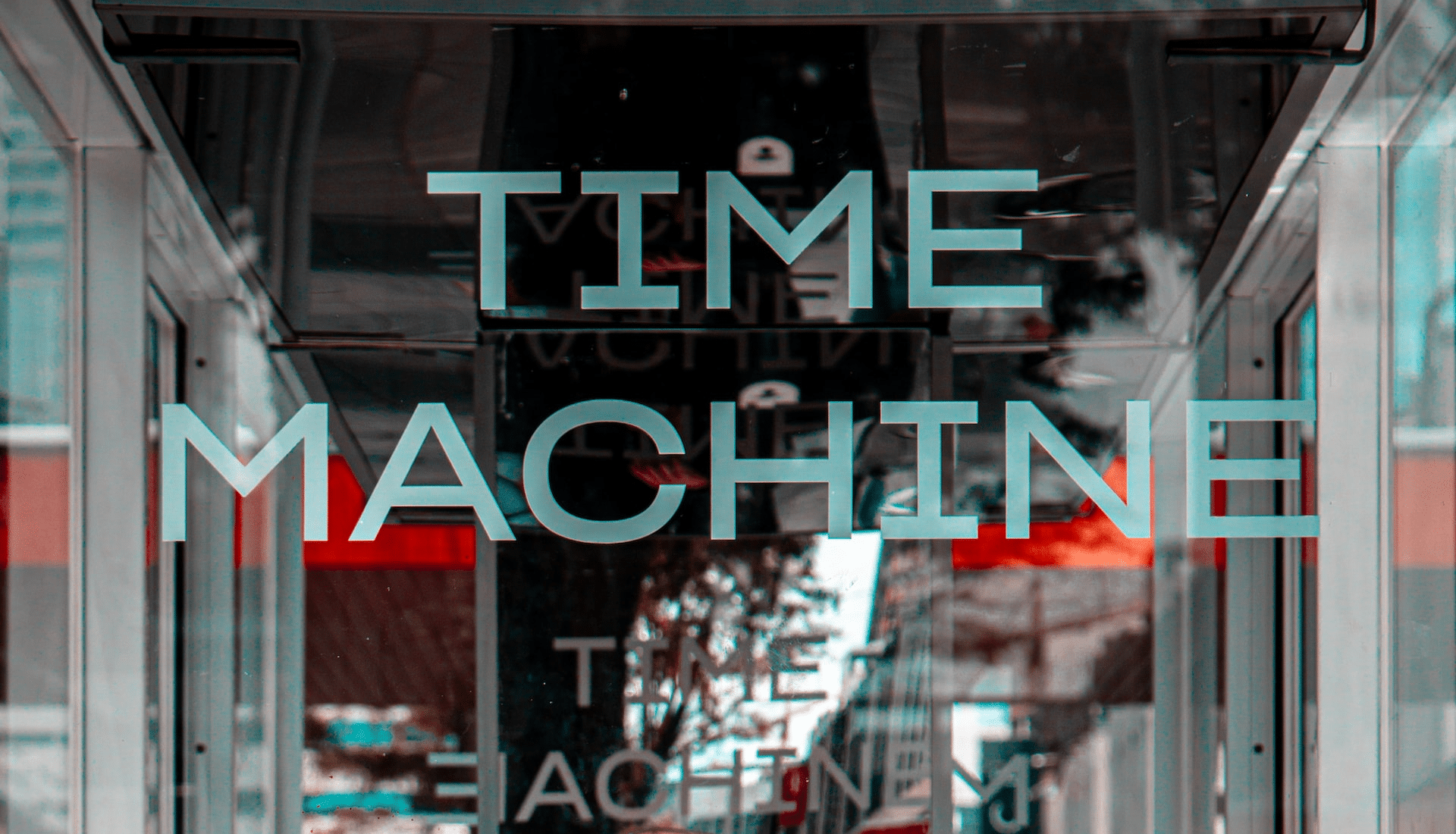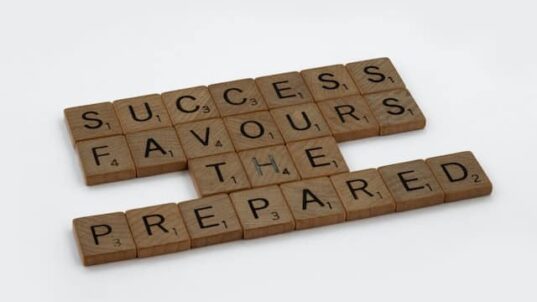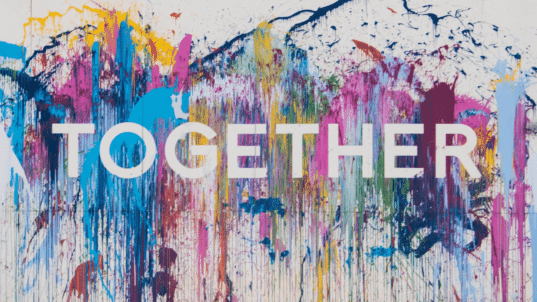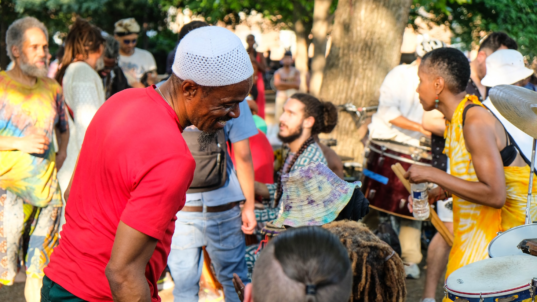Telling the History of the Future
Dear collaborative discussion friends,
This week we are highlighting an activity designed to help discussion participants imagine beyond what they currently think is possible. Sometimes problems seem so big or so entrenched — so “natural” that alternative realities are hard to even imagine. This activity encourages discussants to be bold, dream big and then work backwards to figure out the pathway for getting to their ideal future vision. By imagining an ideal future, this activity helps discussants to seek out the positive potential in the present.
This activity can be found in the Creative Collaboration Module, contributed by Jeff Prudhomme, Vice President and Fellow of the Interactivity Foundation.
If you missed last week’s newsletter, Civic Sweet Sixteen: A Podcast Interview with Jessica Friedrichs, you can access it and our other weekly newsletters by subscribing below.
This week’s activity:
Activity 2.8 – Encouraging Bold Imagination
How to boldly imagine alternative futures
This activity helps participants approach complex topics from a place of strength and optimism. It helps them come up with creative solutions to complex problems that might seem intractable at the moment. This playful activity moves them away from a mindset that is limited by a sense of weakness and a focus on deficits to one of bold possibilities.
Imagine an Ideal Future
First, select a topic that is of pressing concern to your discussion group. It should be a topic that they are struggling to imagine in any other way than it currently exists.
Next, set the scene by using a time travel framework. Ask participants to imagine that they have traveled into the future. You can specify a certain number of years or leave this open ended. Explain that they are stepping out of a time machine and entering a future scene where the problem or topic that you have identified has been solved.
Use the following prompts to help the group envision this future:
- What do they see that tells them that this problem has been solved?
- What do they hear? Feel? Smell?
- If they meet someone, what does this person tell them about this future?
- What is absent? What features or objects are missing from their surroundings?
Allow everyone 5 minutes to write down some of their responses.
Pro tip: Participants are often drawn towards dystopian visions. You may need to remind them to imagine their desired or ideal future, even if it does not seem realistic or feasible.
Share Different Visions of an Ideal Future
In small groups or as a full group, have each participant share a very brief description of their ideal future. Remind participants that they do not need to agree on a single vision and that a diversity of ideas is valuable. You can collect ideas on a flipchart or white board. Try grouping similar ideas together.
Invite participants to share a brief description of their vision:
- What did you notice that told you that this was an ideal future in regard to the topic?
- In a few sentences, what’s a key feature of how this future society is dealing with the topic?
- How would you summarize the way they are dealing with the topic?
After an initial round of sharing, invite participants to discuss the different visions and build on each other’s ideas, reminding them once again that these visions for the future are not bound by the limits of reality or likelihood.
Bridge to the Future
Next, ask the group to shift their thinking from imagining this future to achieving this future. Ask: How do we get to this ideal future?
Invite participants to “tell the history of the future.” That is, start to co-imagine the story that got us to this future. You might ask:
- If you were a researcher from the future, what sort of news headlines would you find that indicated key steps to achieving this end?
- What sort of memorials did they build to commemorate big successes or changes along the way?
- What kinds of policies did they have to set up to make things work?
- What are some of the key steps they took along the way to get from our situation to theirs?
- What is working well now, in the present, that could act as starting points and be built upon to create a bridge to this ideal future?
This part of the activity can be explored in as much detail, or as little, according to how much time you have. For a session that lasts about an hour, participants might roughly sketch out a few milestones from the present to this ideal future. If there is more time, they can get more playful and draw mock timelines with key newspaper headlines to lay out a more detailed vision of the changes over the years. Some discussion groups have even drawn images of the future during this activity.
Debrief as a Full Group
Discuss the different versions of the future:
- How do we feel about these future visions?
- What do you think are some of the most important areas to focus on in the present—if we were to build toward an ideal future?
- How would you compare your attitude about positive change from before our conversation to after?
In addition to these debriefing questions, the full description of Activity 2.8 Encouraging Bold Imagination also includes reflection questions, a practice journal prompt and additional resources to help participants dive deeper.
If you try out this activity, please share with us what you think:
We hope this toolkit activity helps participants think creatively and come up with innovative solutions to a complex problem, building a sense of optimism about the present and the future.
Upcoming Events
- Mark your calendars! Our next Collaborative Discussion Project community gathering is Friday, April 14th at 2 pm (EDT). All are welcome! Register here.
- We are accepting applications for our next Collaborative Discussion Coach Training (May 31 – June 6). This training is open to anyone interested in offering certificate programs in the future. You can share this flyer with people you think might be interested or apply now (deadline is April 2).
- We are also accepting nominations for our Pilot Coach Training for Undergraduate Students. Space will be limited. You can learn more or nominate a student by emailing me at [email protected]
Looking forward to collaborating,
Ritu Thomas & Shannon Wheatley Hartman





